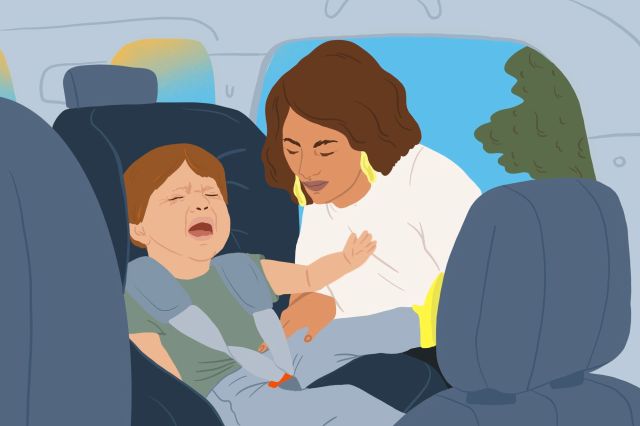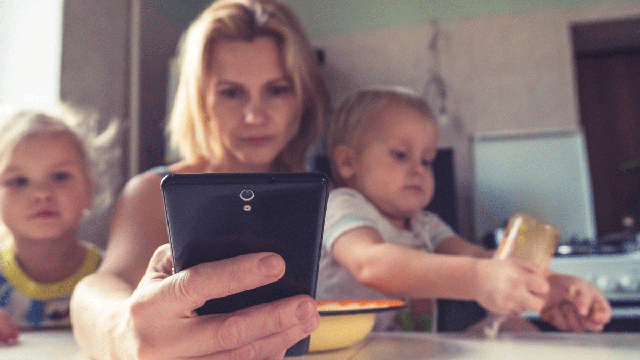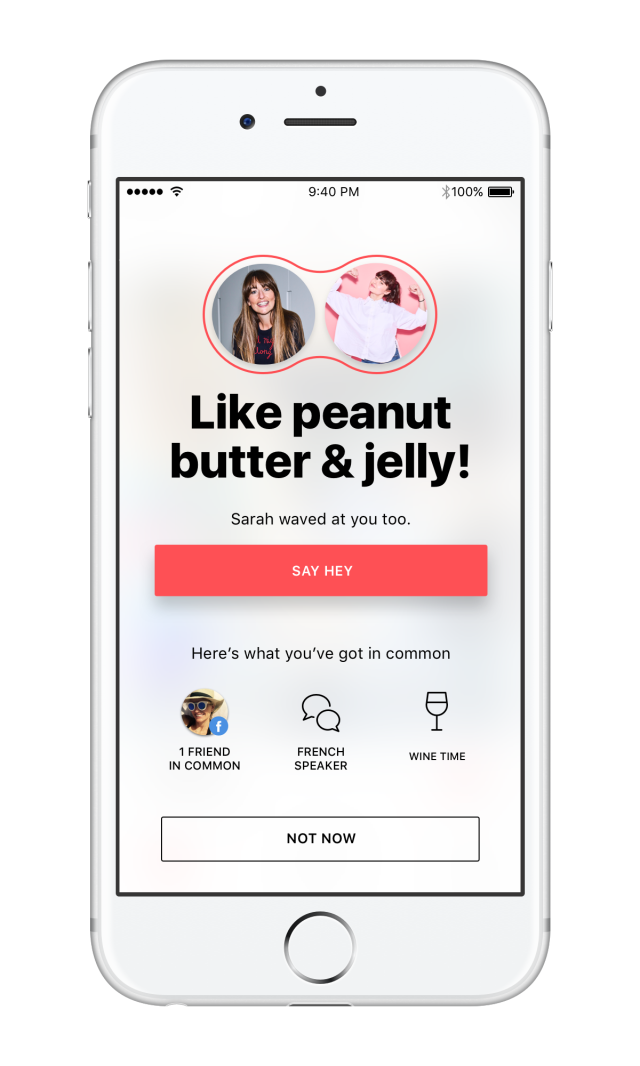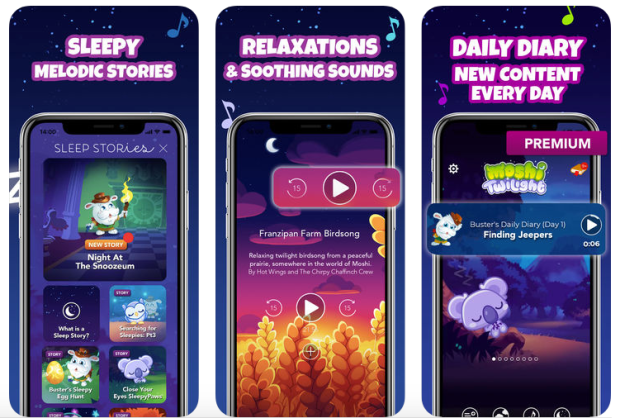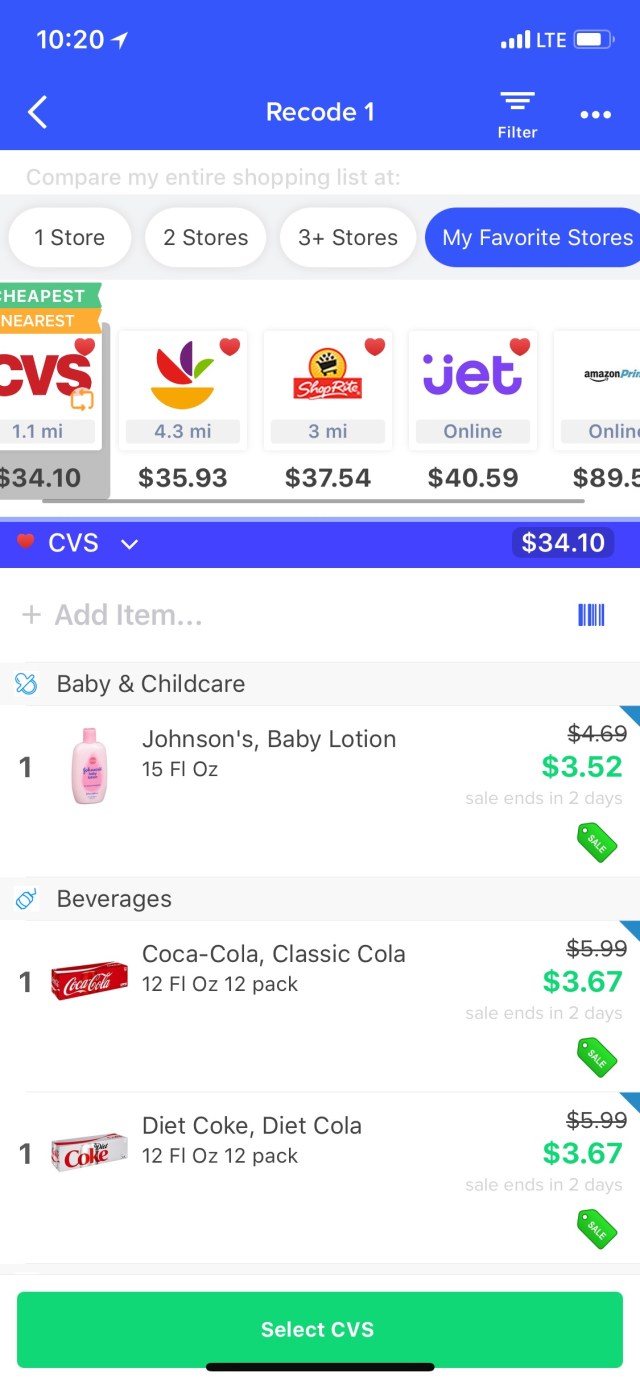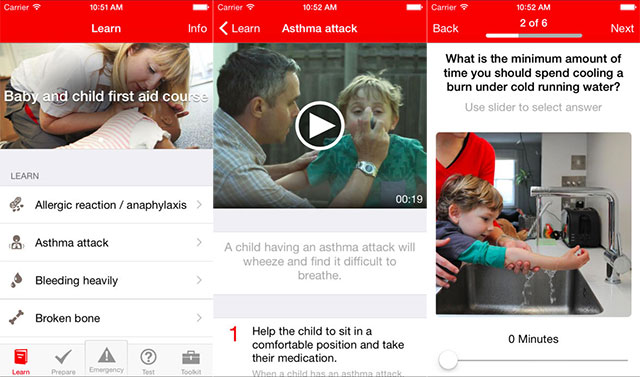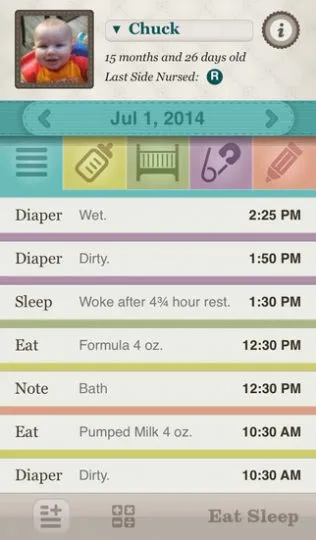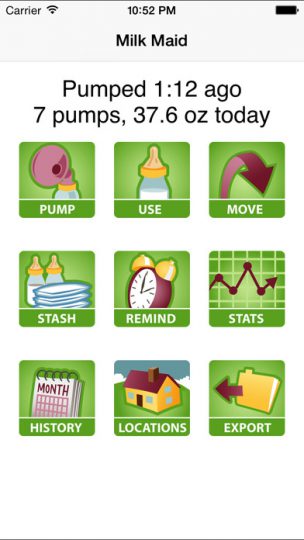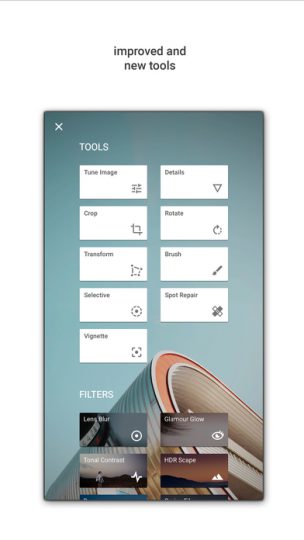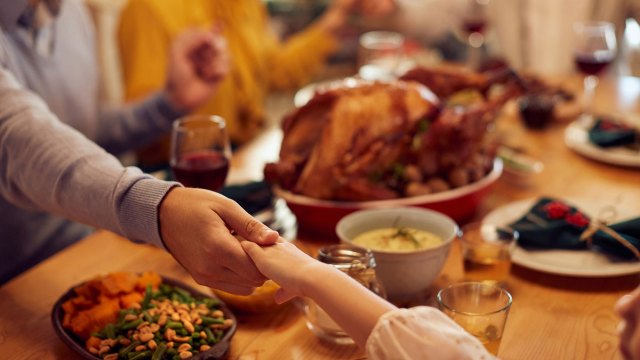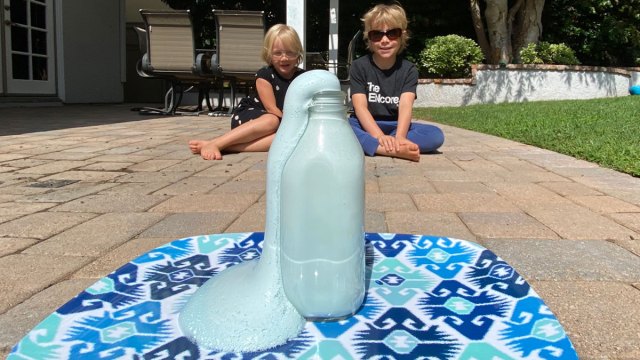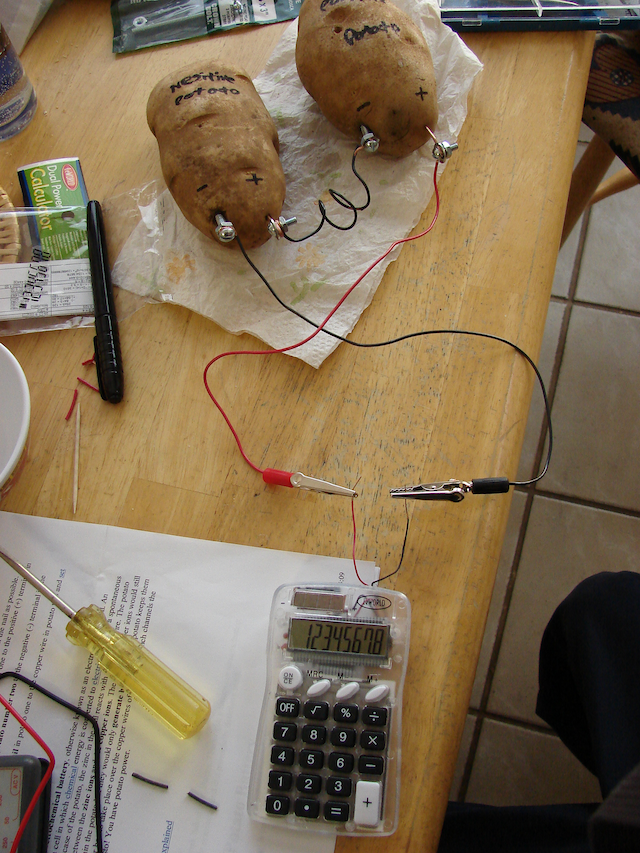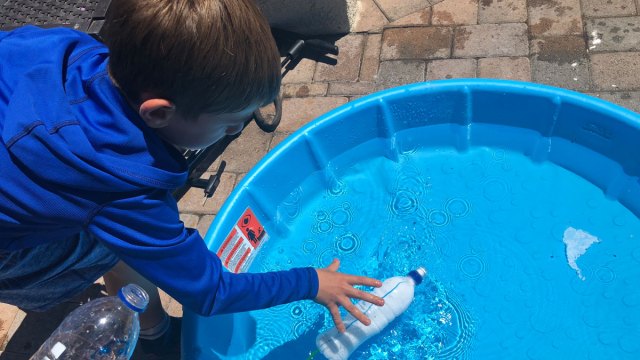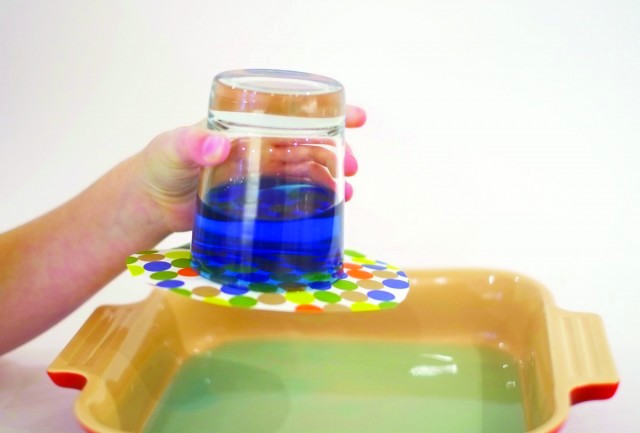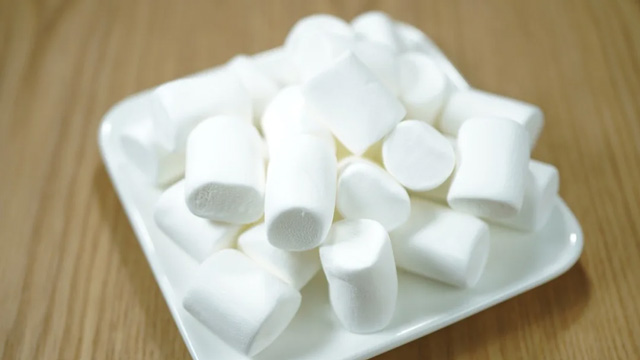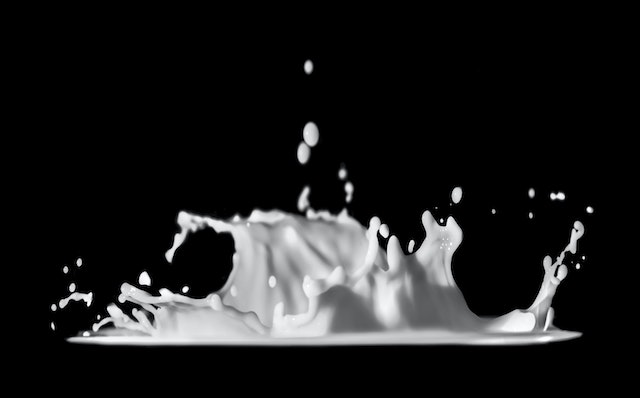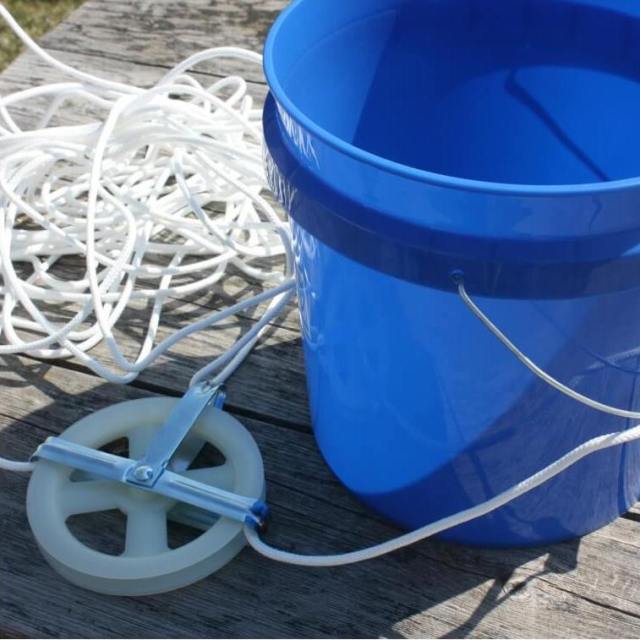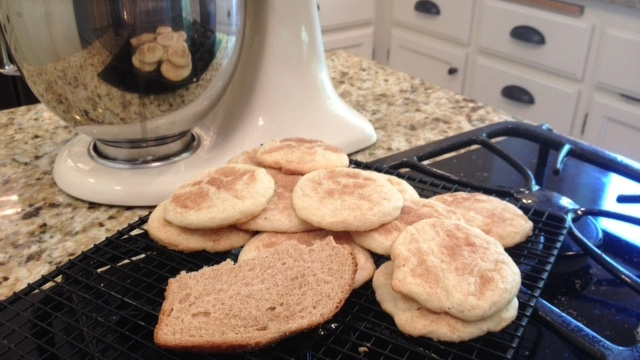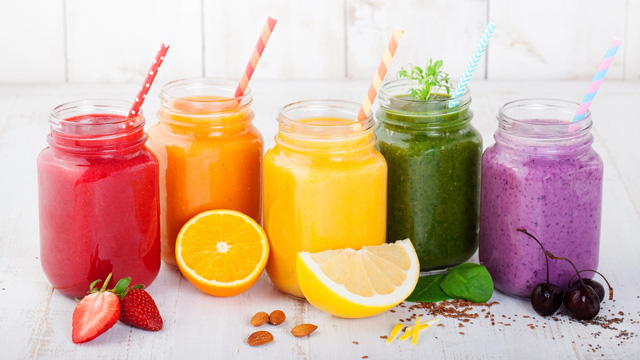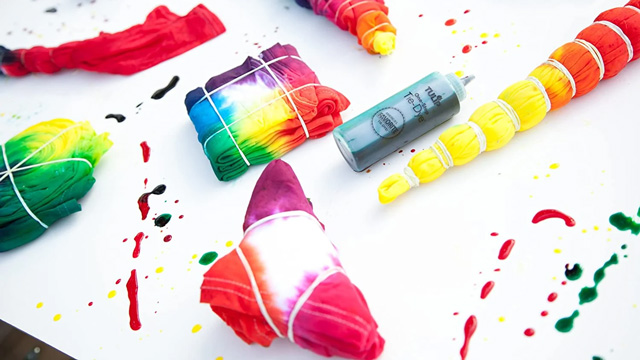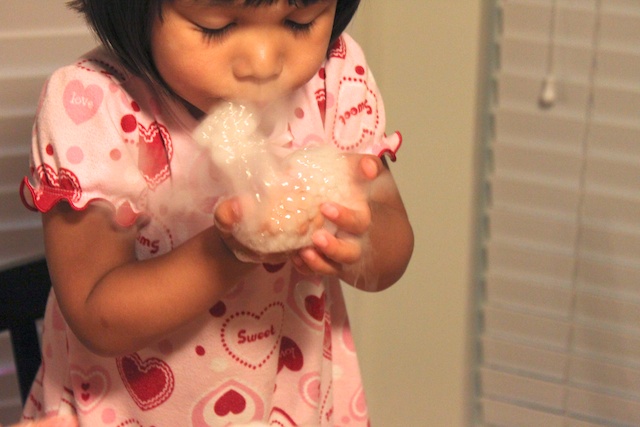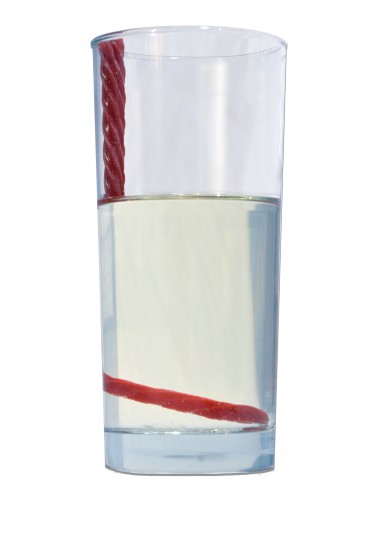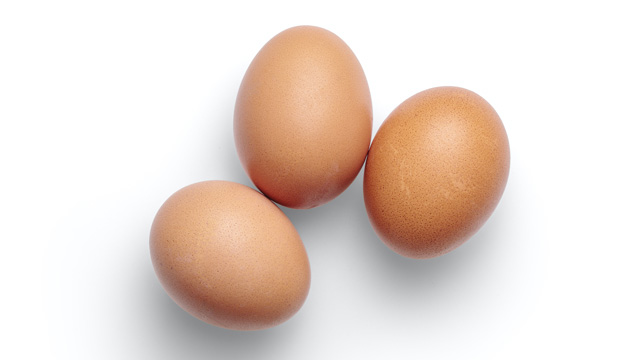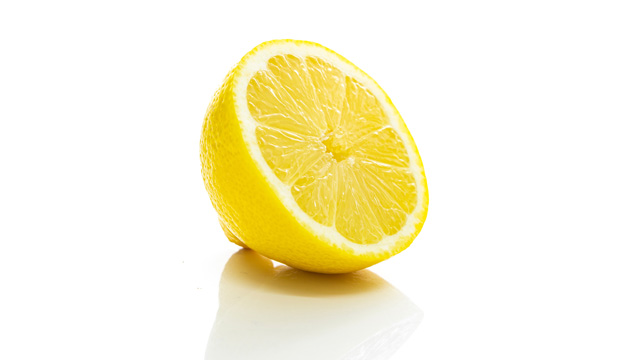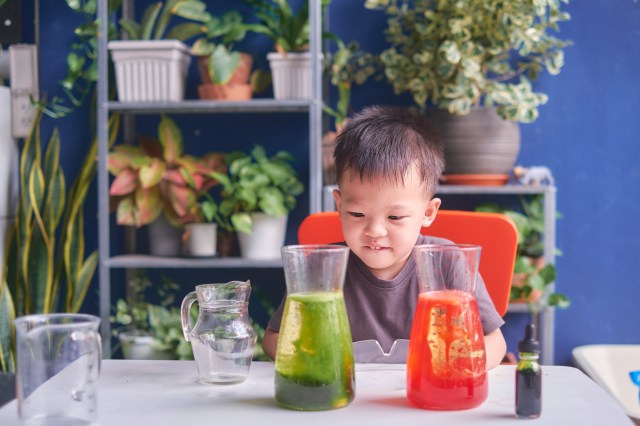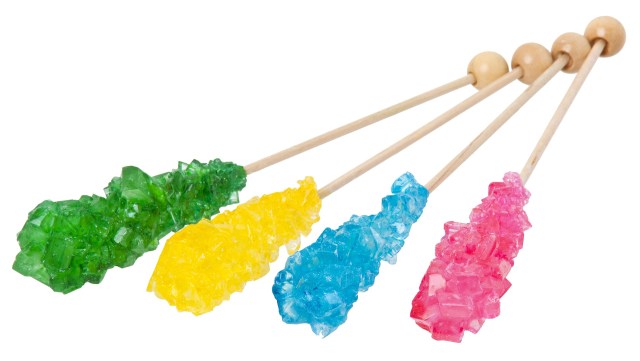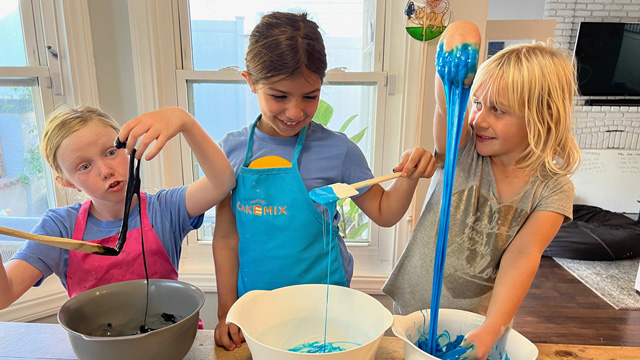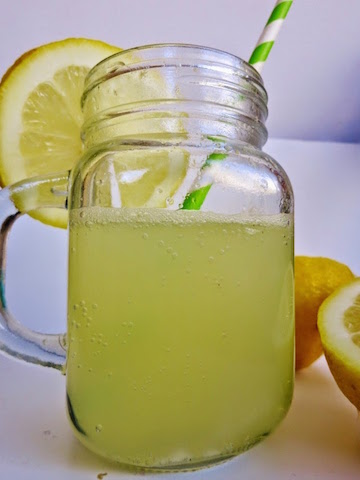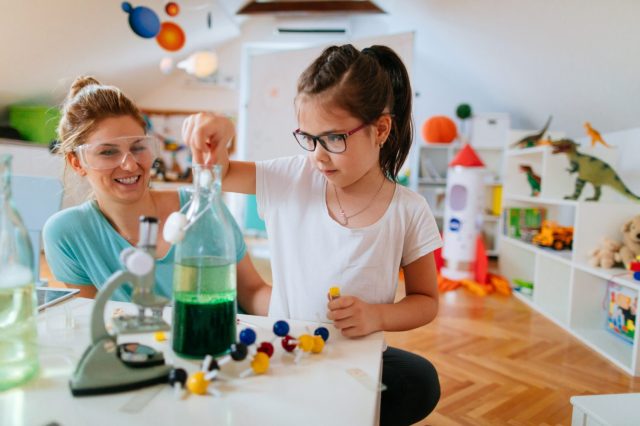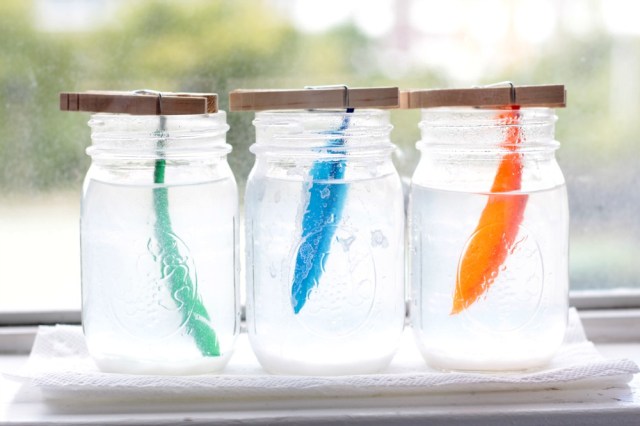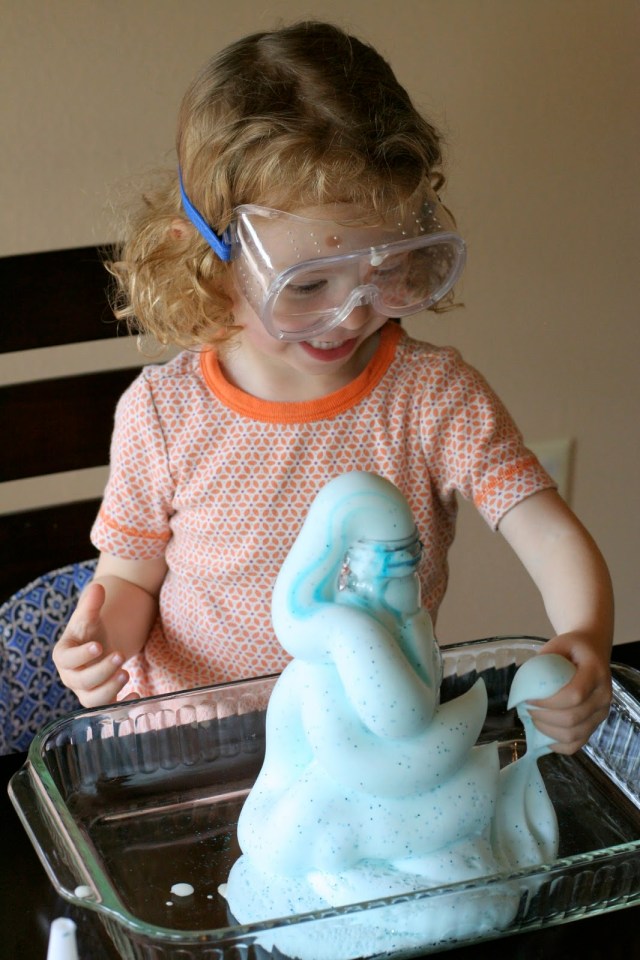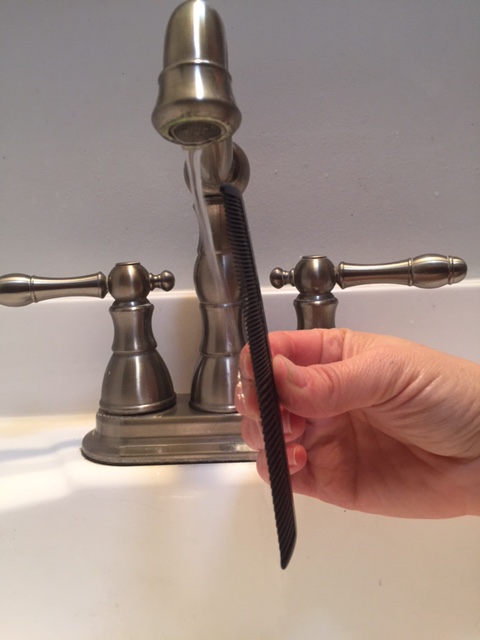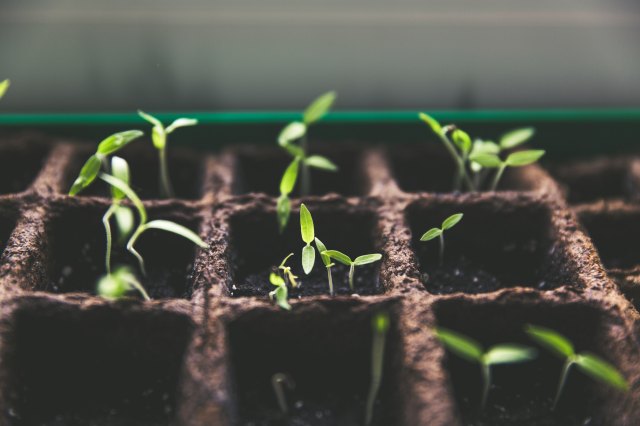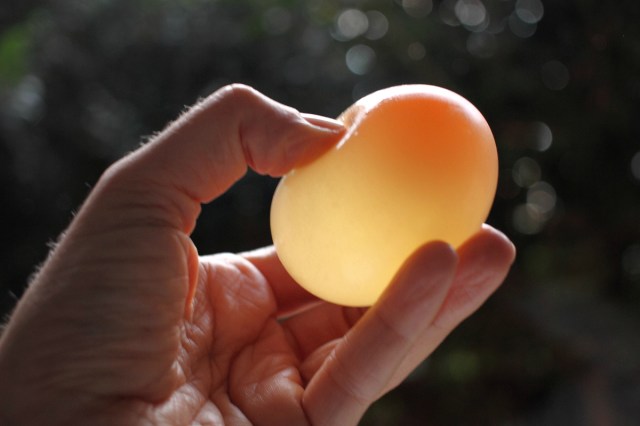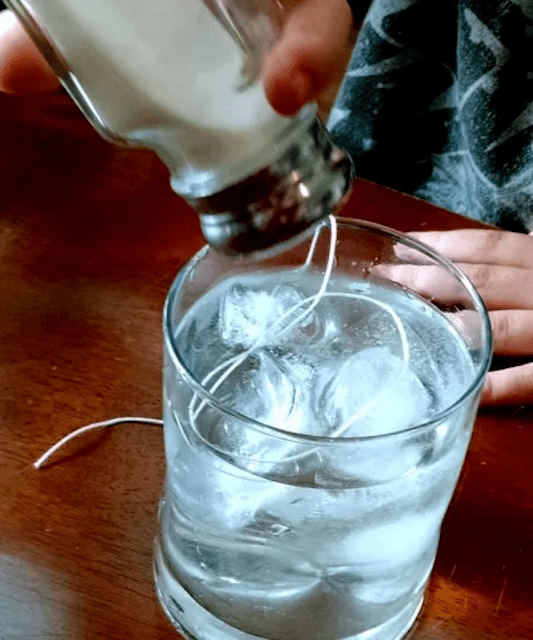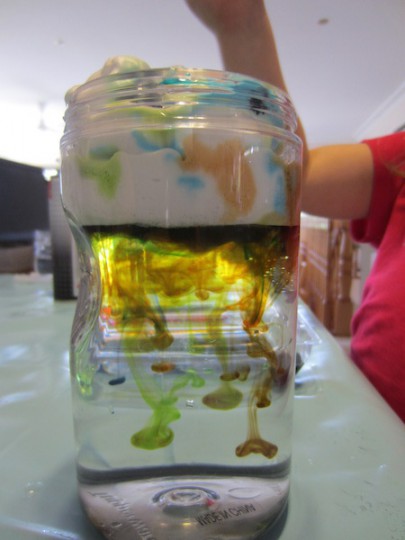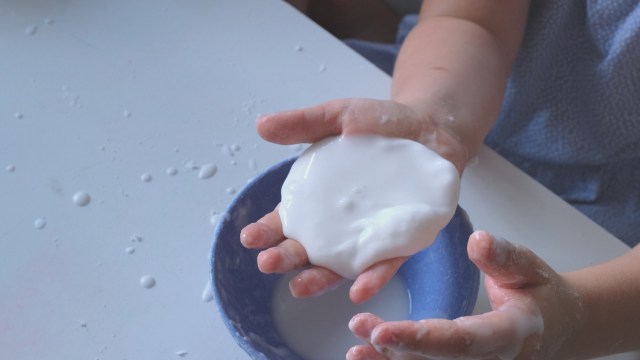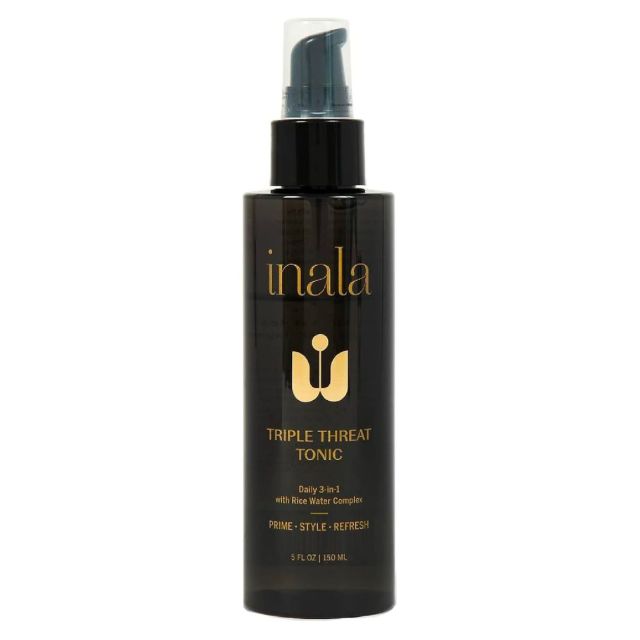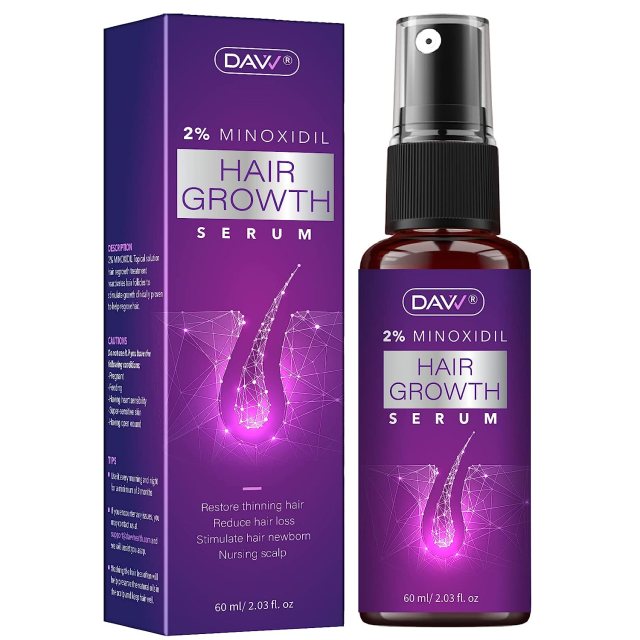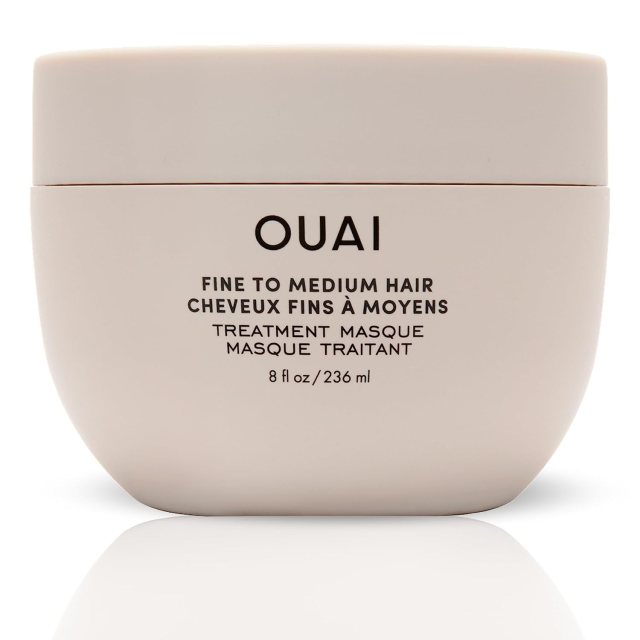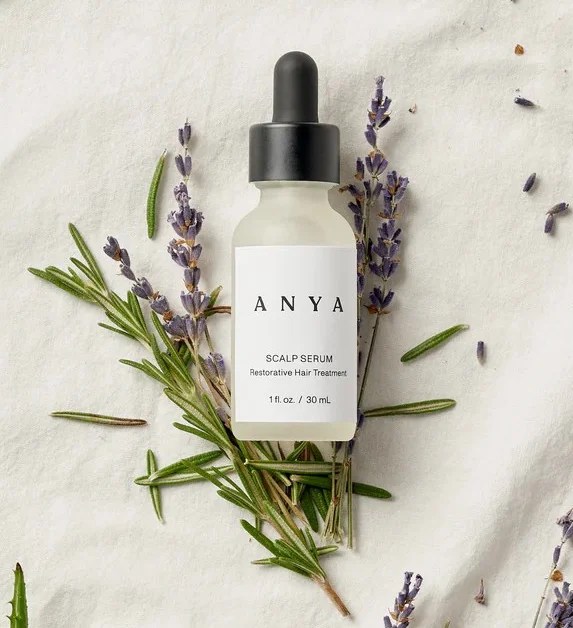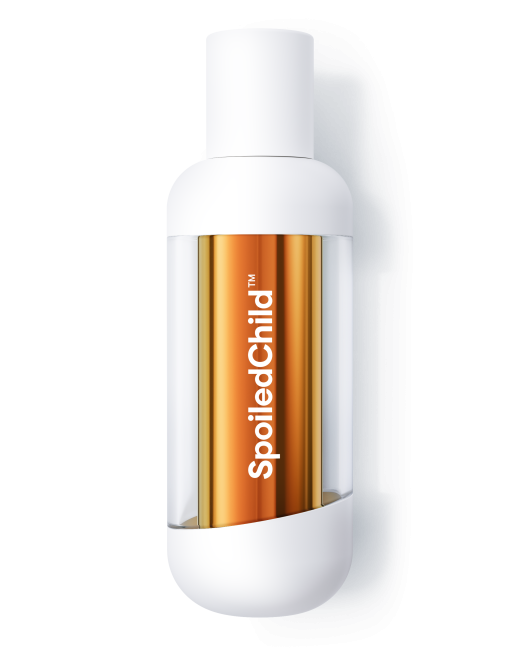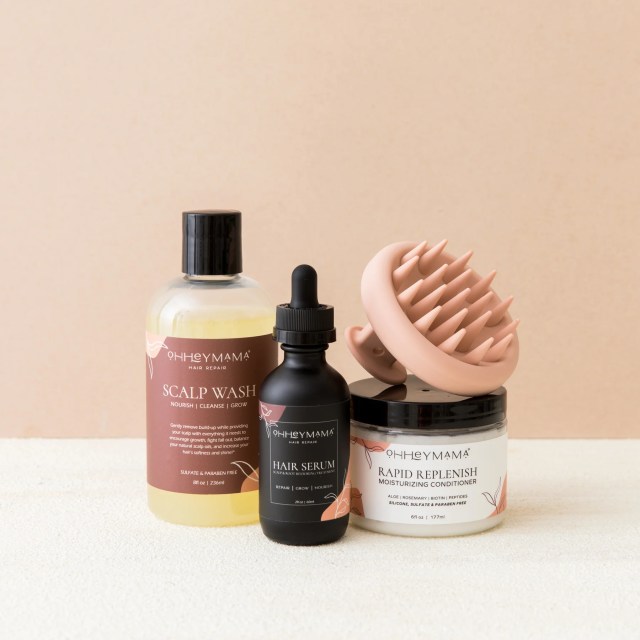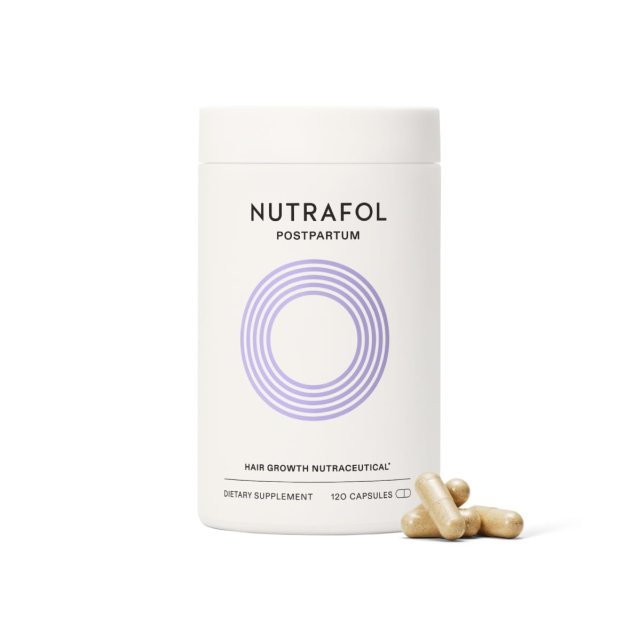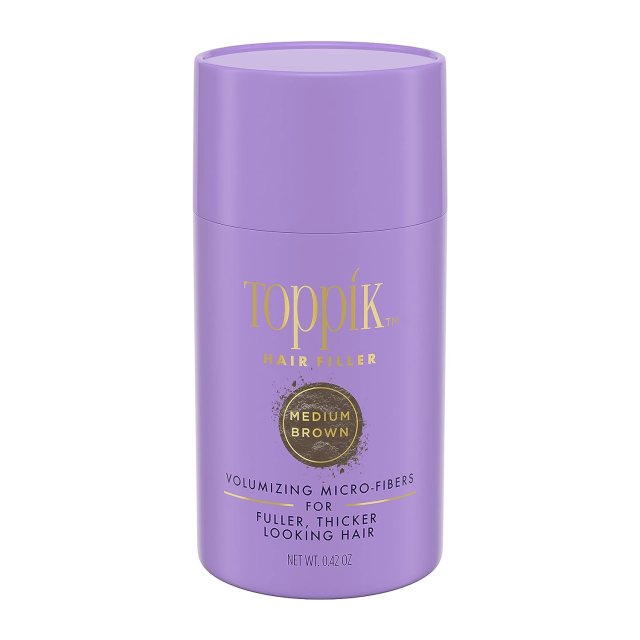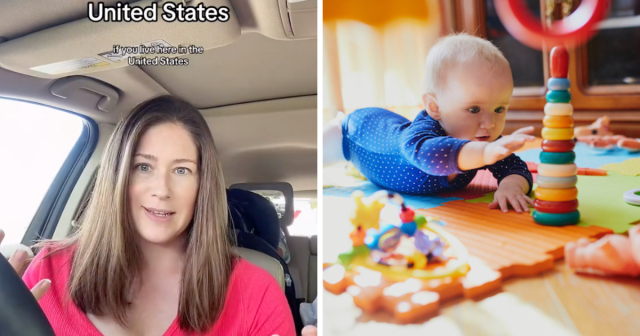Be a tourist in your own city with our picks for the best things to see, eat, and do in Chicago with kids
Little-known nuggets about Chicago: spray paint and Twinkies were invented in Chicago, we are the owners of the first-ever skyscraper and our city features one of the only rivers in the world that flows backward—in fact, it was reverse-engineered to do so in order to (ahem) keep sewage from flowing right into Lake Michigan. Fun facts about this great city are plentiful, which makes exploring all the great Chicago family activities so much fun.
From stepping onto a glass box atop a skyscraper to peering into a giant mirrored bean to standing in the shadows of beloved dinos Sue and Maximo, there are simply so many incredible things to see and do for kids of all ages in Chicago—including some spectacular only-in-Chicago hidden gems. How about (indoor) skydiving in a vertical wind tunnel? Camping with the lions, tigers, and bears at the zoo? Or even descending into a coal mine? Your family can do all these things and more in Chicago!
We’ve identified the top 100 best things to see, the best places to eat in Chicago, and, of course, the best things to do with kids in Chicago—don’t worry, we grant you full permission to be a tourist in your own city.
The Best Chicago Parks Made for Playing
From big and bold to private and perfect for little ones, city to ‘burbs, Chicago has the best playgrounds for every age.
1. When the heat of summer is blasting, take a cool down at a free beach, cool watering hole, or neighborhood pool (there are even a few with pretty cool slides). And when winter starts to feel endless, pretend it away at an indoor water park near Chicago.
2. Maggie Daley Park is arguably the best park in downtown Chicago. Kids can climb, swing and crawl on a massive playground, with panoramic views of the city in the background.
3. Millennium Park stands as Chicago’s unofficial playground par excellence. Get doused at Crown Fountain and give a little wink and a wave at Cloud Gate (aka The Bean) while you’re at it.
4. Walk or ride your bikes along The 606, an elevated trail that connects six neighborhood parks and offers great city views. If you don’t have your own bike you can Divvy or let Four Star Family Cyclery loan you a ride.
5. Visit Garden of the Phoenix at Jackson Park, a southside Chicago gem. This Japanese-inspired garden will set the tone for a relaxing stroll through nature. In the spring, the cherry blossom trees here burst into bloom.
6. A colorful oasis in the heart of Lincoln Park, learn about a variety of plants—from near to far—at Lincoln Park Conservatory.
7. Do you have a little shredder in your family that enjoys flying around on a skateboard? Slip on your safety gear and check out these local skateparks for your little ripper.
8. Run away and join the circus . . . or just watch family-owned and performed Midnight Circus in the Parks (that benefits the parks!).
Chicago’s Best Cultural Gems
Chicagoland’s many family-friendly cultural gems offer learning opportunities disguised as fun.
9. Walk around the stunning grounds of an architectural marvel, the Baha’i Temple in Wilmette, and learn about the other six temples around the world by touring the basement museum (free and open to the public.)
10. If your child loves to play “Doctor”, take her to the International Museum of Surgical Science where she can learn about medicine and medical equipment. Be sure to stop in the gift shop for unique gifts.
11. Kickstart a lifelong love of dinos with a visit with Sue and her new neighbor Maximo, a cast of the largest dinosaur ever found, at The Field Museum. Be sure to crawl down into the Underground Adventure where you’ll shrink to 1/100th of your size to get a bug’s-eye view of the world.
12. Listen to music and laugh during the silences at a Blue Man Group show, hosted at Briar Street Theatre. Special birthday packages are available for groups of 10 or more.
13. Head to the West Loop to check out the immersive WNDR Museum. Your kids will get to experience art like never before!
14. Expose your kids to outside-of-the-box art at the Museum of Contemporary Art. The best part: anyone under 18 can visit for free, all Illinois residents are free on Tuesdays, and they have loads of family events.
15. Work side-by-side on an art project with your mini artist at Lil Street Art Center.
16. Visit the colorful Ed Paschke Art Center for free in Jefferson Park for an uncrowded and memorable museum experience.
17. Inspire a love of performance art by taking your children to see a kid-friendly show at Chicago Children’s Theater.
18. Learn new bedtime songs and relaxing movement routines at Old Town School of Music and explore our bucket list for Chicago babies.
19. See beautiful and skilled dancers, as they lead you through stories via dance at Hubbard Street Dance Chicago.
20. Catch a film or two at the Chicago International Children’s Film Festival, the largest annual film festival entirely for kids. From feature-length live-action to child-produced, this film fest is set up at theaters all around Chicago every fall.
21. Walk the streets of Chinatown for an experience like no other, which can even include a kid-squeal-inducing ride on the water taxi. Eat at any one of the authentic restaurants and take photos under the red gates.
22. For wiggly kids that just can’t sit still, introduce them to theater through improv shows that are designed to keep them interested and engaged.
23. Bring your camera, maybe even a real non-camera-phone one, and discover one of these colorful murals created by talented street artists throughout the city.
24. Spend a day exploring Chicago Children’s Museum where kids can tackle the Cloud Buster, a 30-ton, 37-foot-tall steel dreamscape that celebrates adventure and risk-taking, excavate dinosaur bones, and more!
25. The award for the nation’s biggest collection of impressionist artwork goes to Chicago. Introduce your kids to the greats, like Claude Monet and Van Gogh, at The Art Institute of Chicago.
Related: You’re Off! Walks & Runs Perfect for Chicago Families
The Best Outdoor Adventures near Chicago
Head into the great outdoors and say hello to nature.
26. Learn outdoor skills like wilderness first aid, hiking, biking for beginners, and camping basics for families with REI Co-op’s expert advice section on their website. And put your new knowledge to work after reading this guide to the best hikes with kids, no matter the season.
27. It’s big, it’s gorgeous, it’s ever-changing with the seasons, and with rotating exhibits and activities, it’s never a bad day when you’re hugging trees at The Morton Arboretum. Take a walk along a well-groomed trail, visit the museum shop, and climb on the woodsy playground and tree house in the children’s play area.
28. Dust off those bikes, grease the chains, strap on a brain bucket and get those legs pumping on a bike path. From the shores of Lake Michigan to the furthest reaches of the suburbs, there are tons of options for family biking in Chicago.
29. Thrill seek at The Forge: Lemont Quarries, a 300-acre adventure park, home to the largest aerial adventure course in North America, over-water ziplines, 5 miles of hiking trails, mountain biking, paddle sports, and a dedicated kids’ zone.
30. Smell flowers, walk around greenhouses, breathe fresh air, and run around outside at the Chicago Botanic Garden. There are a plethora of year-round events and exhibits to enjoy.
31. Practice your bouldering and climbing skills at one of our favorite rock climbing spots in Chicago for kids. Your kids will feel so proud of themselves when they master climbing techniques and make it to the top of a pitch.
32. Explore the Chicago River on land—by walking along the riverfront. And don’t forget to visit the McCormick Bridgehouse & Chicago River Museum.
33. Prefer to get a little wet? Paddle a kayak along the Chicago River with the help of Kayak Chicago. On the guided architectural tour, you’ll circle the loop, glide past the spot where the first settlers to Chicago set up their home base, and discover the location of a former Capone-era hideout.
34. Autumn certainly brings the chill, but that doesn’t scare a Chicagoan from the great outdoors pumpkin patches, corn mazes, and harvest fests keep us busy even after that last leaf falls.
35. Spend a fun day keeping score and triumphing over your kids at one of Chicago’s mini golf courses. Or, you can just let them win. (Nah!)
36. When summer’s in town, keep tabs on our guide for the best street fests and make it a goal to hit up as many as possible.
The Best Indoor Activities in Chicago
Don’t let a rainy day get you down. Head into the great indoors for a fun family adventure.
37. Play old-school games like Skee-Ball and Bozo Buckets at Northbrook’s Nickel City where, you guessed it, games are a nickel.
38. It’s never too early to begin getting your baby comfy in the water and if you have an older toddler or school-aged kid, swim lessons are a fun way to learn water safety.
39. If your kid has a need for speed, take them indoor skydiving in a vertical wind tunnel at iFLY. You’ll love the insta-worthy photos of your kids making super silly faces in wind suits and helmets and it’s an adventure that’s thrilling for the whole family.
40. Try out broomball, similar to hockey but you run instead of skate or go ice skating indoors at Robert Crown Community Center and Ice Complex.
41. Sun, rain, snow. . . whatever the weather brings you can still practice your swing at Topgolf, a perfect intro to the game for kids that are newbies to the sport.
42. Out with the old and in with the new, we say! Shop at Fashion Outlets of Chicago for a great selection and deep discounts on clothes for the kids. Take note, they always have one of the coolest setups for Santa photos and their neighbors with Parkway Bank Park who has fun family programming.
43. Get out of the house and let your kids burn off energy at one of these amazing indoor play spaces in Chicago, many of which offer coffee for bushed parents that need a perk-up.
44. What parent hasn’t accidentally stepped on beloved little LEGO plastic bricks? Take the playtime out of your home and off your floors with a visit to LEGOLAND Discovery Center Chicago.
45. A morning spent at Skokie Exploritorium is a great way to get kids moving and learning through interactive play. Meet here for a play date with pals or bring along the grandparents.
46. Being a kid is hard and having a kid is equally so, so de-stress alongside them with a day of beauty—a fresh haircut and style, manicure and pedicure, and even a mini facial can do wonders to unbundle those nerves.
47. Horse and knight fans will no doubt love the fest and jest of Medieval Times. This suburban castle hosts a dinner show like no other, with jousting matches, jolly kings and queens, and fork-free dining.
48. If you’re wrapped up in toy nostalgia and you want to share some of your childhood with your kids, visit Dad’s Slot Cars for old-school family fun. Test your driving skills on two tracks of model race car racing.
49. Calling all American Ninja Warrior fans: Go through a mini obstacle course designed to challenge your kids at Ultimate Ninjas and keep the good exercise vibes going at one of these other great spots for kid-sized workouts.
50. Experience the next level of interactive gaming at Activate. Collaboratively, or competitively, teams engage in high-tech games that require both physical and mental agility. Touch-activated games include anything from moving laser mazes to wack-a-mole on a climbing wall.
51. Toss a ball down the lane at Waveland Bowl during their glow-in-the-dark Cosmic Bowl and nosh on snacks in a casual family-friendly environment.
52. Pretend you’re on a beach vacation without ever leaving Chicago by visiting one of these local hotspots where winter doesn’t exist.
53. Fly around old school on quads and impress the kiddos when you take your family roller skating. If you go on “Skate Nights!”, (Friday and Saturdays 7:30-10:30pm), at Aurora Skate Center, you’ll get to see skilled dancers show off their moves.
54. Try a mommy-and-me yoga class at Bloom Yoga Studio or Sweet Pea’s Studio and bond with your baby or toddler.
The Best STEM Experiences in Chicago
Introduce little learners to topics like science, technology, engineering, and math through engaging activities.
55. Coding is a foreign language kids will have a leg-up knowing and Codeverse is making it approachable and fun for ages 6-13 with their proprietary KidScript language, state-of-the-art technology.
56. Get messy and test your ideas at Kids Science Labs, a hands-on instructional program geared toward inspiring little scientists.
57. Stroll through one of the many exhibits at the Museum of Science and Industry, where your kids will learn from in-house scientists through hands-on stations and immersive experiences.
58. Wonderworks Children’s Museum introduces kids to STEM through imaginative play at its outdoor organic garden, construction zone, science labs, and more.
59. Gaze at the stars and sit in awe as you watch a Sky Show at Adler Planetarium.
Things Everyone in Chicago Must Do at Least Once
Purchase a CityPass and enjoy entrance and discounts into Chicago’s top attractions, all of which are essential visits for Chicagoans at least once.
https://www.instagram.com/p/ChpyPHWpxzM/?hidecaption=true
60. If you’re brave enough, walk 4.3 feet into a glass box—The Ledge—at Skydeck Chicago, which is the heart-pumping attraction at Willis Tower (formerly known as Sears Tower). Don’t forget to open your eyes!
61. See a Chicago Cubs game at Wrigley Field, one of the most iconic ballparks in America. Shoot for a Sunday afternoon game when the first 1,000 kids, 13-and-younger, have a chance to run the bases. If you can’t score tickets, it’s worth a trip to see the renovations that have taken this area to the next level in terms of outside-of-the-ballpark entertainment.
62. Shoot 94 floors high at the Hancock Building and lean, (squeal and maybe cry a little) 30 degrees over the city with 360 CHICAGO and TILT.
63. The baseball allegiances are split in town. For a south side lover, a running of the bases at a Chicago White Sox Family Sunday is a pretty cool to-do.
64. Cruise Lake Michigan on a vintage Chicago fireboat captained by two fun-loving Navy veterans who are licensed captains. The Fred A. Busse used on the Chicago Fireboat Tour was the largest diesel-powered Fireboat in the world and served the Chicago Fire Department from 1937–1981.
65. Chicagoans love their sports, (and their hot dogs), so it’s no surprise that Chicago added an American Association of Independent Professional Baseball team in 2018 paying homage to hot dogs: Chicago Dogs. The ballpark experience is a fun, low-key, and approachable intro to the sport for kids.
66. Ignite that hockey passion by taking the kids to see the Chicago Blackhawks or Chicago Wolves absolutely dominate the ice. Be sure to make it before the National Anthem is sung at a Hawks game . . . there’s nothing quite like it in sports.
67. Visit one of Chicago’s amazing hotels with a special focus on kids for a little staycation.
68. Show your kids the cool-factor of their hometown by taking them on a scavenger hunt of Chicago landmarks. From the tippy-top of the Navy Pier Ferris Wheel to strolling the Chicago River to see moveable bridges, you’ll check off all of our city’s must-sees.
The Best Food in Chicago for Kids
Hot dog! Celebrate Chicagoland’s culinary greatness by taking a bite into these delicious ideas.
69. Did your kid just score an A on their report card? Watch your kid’s face light up when she receives ice cream for free after showing old-school-cool Margie’s Candies her grade.
70. Fresh food is forever heavenly and Green City Market never disappoints no matter the season with a great selection of produce, artisanal eats, cooking tips, yummy tastings and interesting demos. They even get the kids involved with Club Sprouts!
71. Love ’em or leave ’em, hot dogs are big in Chicago, and if your kids haven’t begged for one yet, they will soon. We love the on-the-go ease (no silverware!) and colorful condiments (kids get a pass where the sacrilege of using ketchup is concerned). Grab one at a legendary local hot dog joint and turn eating into an adventure.
72. Tiny sandwiches delivered on tiered trays, mint chocolate tea, and fancy dining outfits are all the rage when it comes to having a special day out with mom. Indulge in one of Chicago’s best afternoon tea at: The Four Seasons Hotel Chicago, The Peninsula Hotel, The Drake, or The Langham Hotel.
73. Stop at the historic Patio at Café Brauer, before visiting the Lincoln Park Zoo, for delicious bites. They are constantly hosting date night events, so check their website often for those updates.
74. Treat your kids to a sugar-heavy adventure at one of Chicago’s best candy shops. Don’t worry, we won’t tell if you buy some sweets for yourself, too.
75. Shop a candy department store. IT’SUGAR opened an 11,400-square-foot candy department store on Michigan Ave that’s unapologetically a mecca of sugar. They have extravagant displays, over-the-top sweets, one-of-a-kind gifts, and immersive experiences. . . there’s even a TikTok-trending candy section.
76. To instill a love of the culinary arts and new-food-trying, take your kids to a Little Diner’s Crew event, an avenue for teaching kids where their food comes from, how it was prepared, what we can learn about its uses, and encourage good restaurant habits.
77. The Midwest might not be known for its light meals and juices, but Chicago actually has a number of healthy juice bars that will make you rethink those juice boxes in favor of the fresh stuff.
78. No midwest autumn is complete without a trip to an apple farm and we have you covered with our favorite spots for picking apples. Just don’t forget to leave room for those delicious apple cider donuts!
79. Watch your food be delivered by a train at The Choo-Choo, a favorite for birthday celebrations and free cupcakes with train whistles.
80. If autumn is reserved for apples, then spring is all about those sweet, sweet berry picking farms.
81. Schoolhouse Kitchen + Studio offers family and kid cooking classes, so little chefs can learn to cook up restaurant favorites at home.
Related: Go Wild for These Animal Encounters Near Chicago
The Best Animal Encounters in Chicago
Feed a giraffe, hang with a sea lion for an afternoon, get close enough to smooch a coyote. Make your kid’s dreams come true with wildlife encounters at Chicago’s zoos, aquariums, and an animal rescue park.
82. Visit Brookfield Zoo for animal encounters, a large indoor playground, rare and exotic animal sightings, and seasonal programming (think breakfasts with Santa and the Easter Bunny, holiday lights, and fun after-dark programming in the summer.)
83. Spend the night camping at the Lincoln Park Zoo and see behind-the-scenes after all of the daytime crowds have gone home.
84. Walk through Amazon Rising, Caribbean Reef, Polar Play Zone, Underwater Beauty, and other exhibits at the Shedd Aquarium. See a 4-D show, attend a diving session to learn about sharks and penguins that live at the aquarium, and see an aquatic presentation.
85. Sometimes you just need to interact with and pet (maybe even hug) animals—it’s the cure-all for most woes. Take your kids to a nearby petting zoo or farm and learn about how to care for gentle animals.
86. The Adventure Playground at Blackberry Farm in Aurora is designed to inspire natural play for kids in a charming farm-like environment, complete with rope swings and ride-on trains.
87. Bring binoculars, hiking sticks, and a sense of adventure to Montrose Point Bird Sanctuary. Kids will love trying to spot songbirds throughout the 15-acre park.
88. Flowers, trees, and butterflies are the stars of the show at Peggy Notebaert Nature Museum, open year-round. Be sure to go during the daily butterfly release for an extra magical experience.
89. Watch as sheep are sheared, feed the chickens, or help out with the ice harvest at Kline Creek Farm, a working, circa 1890s farm.
Related: Have a Sleepover with Mother Nature: Best Glamping Spots Close-Ish to Chicago
The Best Road Trips from Chicago
Chicago is great, for sure, but sometimes you gotta get out of the city. Lucky for us, we have the Michigan shoreline, Wisconsin Dells, Indy, and St. Louis all within driving distance to give us that scenery change-up we need.
90. Catch Thomas the Train when he makes his annual summertime visit to Chicago at the Illinois Railway Museum in July. Even when the famous train and his pal Percy aren’t in town, you can ride on a one-of-a-kind mainline train, hop aboard an old-fashioned trolley coach, or make a loop in a vintage streetcar.
91. Spin, twirl, hang upside down, and give yourself permission to eat funnel cake at Six Flags Great America, perfect for all ages. Be sure to not only visit during summer but for Fright Fest which happens mid-September through Halloween for a spooky good time.
92. Pack a lunch and spend the day at Independence Grove, a wooded park centered around a 115-acre lake, for time well spent in nature.
93. Costumed characters, period music, jousting tournaments, acrobatic and comedy acts, rides, games, and food make Bristol Renaissance Faire a must-do experience! And the dress-up fun isn’t just for the staff, join in by wearing your favorite Elizabethan-era England garb, or buy gear while you’re there.
94. Stay the night at Great Wolf Lodge for water park family bliss. If you want to keep your fins dry, you’ll find loads of options like highly addictive mini-bowling, 9 holes of mini-golf, a slightly terrifying ropes obstacle course, arcade games, and the interactive MagiQuest game.
95. Visit Door County, a short drive away, and have a little vacation with your family any time of the year. Door County’s 300 miles of Lake Michigan shoreline mean you’re never far from the water, so you can swim, fish, or paddle to your heart’s content. Or, stay in Madison at the Edgewater for ice-skating and family-friendly programming.
96. Venture out to Lake County and see a large collection of classic cars at Volo Auto Museum. You’ll even notice a few cars from famous Hollywood movies.
97. Take a short road trip to Starved Rock and explore land that was once home to Native American tribes. It has 13 miles of well-marked walking trails that cut down and around rugged rock formations.
98. The holidays are prime for tradition making, so how about adding cutting down your own Christmas tree at a local tree farm to the agenda?
99. Take a hike to the top of the dunes, where stunning Lake Michigan vistas await, at the nation’s 61st national park: Indiana Dunes National Park.
100. Chicago’s one and only National Park site, Pullman National Monument, honors not only early Chicago industrialist George Pullman (1831-1899), and his railway car-manufacturing empire, but also the many Pullman employees who helped usher in new rights for workers. Spend a morning or afternoon exploring this vibrant, living community – not your everyday museum but a Chicago neighborhood packed with history.
—additional reporting by Amy Bizzarri








